Skellig Michael, a small, uninhabited, rocky island eight miles from the small Kerry fishing town of Portmagee, received worldwide attention after featuring as the planet Ahch-To in both "Star Wars Episode VII: The Force Awakens" and "Star Wars Episode VIII: The Last Jedi."
"It's an extraordinary place, it certainly fed into our universe," Martin Joy, supervising location manager for the blockbuster films, said of Skellig Michael in this 2016 behind-the-scenes feature from Discover Ireland:
Rising 230 meters above the sea, Skellig Michael, which holds the ruins of an ancient monastery, was named a UNESCO World Heritage Site in 1996.
Also known as Great Skellig, Skellig Michael is the larger of two islands located 7.2 miles west of the Iveragh Peninsula in Co Kerry. The smaller of the two islands is known as Little Skellig. (The name ‘Skellig’ comes from the word Sceillic, which means a steep rock.)
The first known reference to the islands occurs in legend. Skellig Michael is named as the burial place of Ir, son of Milesius, who drowned during the landing of the Milesians.
In a text from the 8th or 9th century, Duagh, King of West Munster, is said to have ‘fled to Scellecc’ after an episode of conflict between the Kings of Munster and the Kings of Cashel.
Skellig Michael, Co Kerry. (Ireland's Content Pool)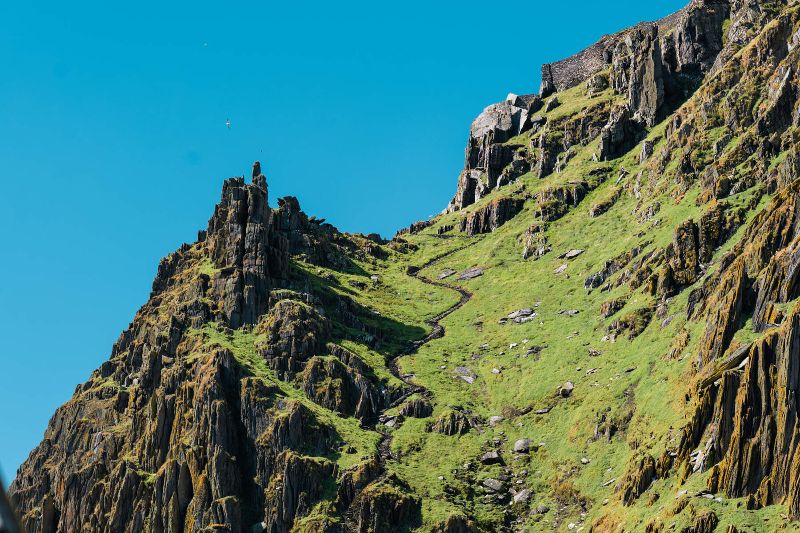
The first reference to monks on the Skelligs dates to the 8th century when the death of ‘Suibhni of Scelig’ is recorded, although a monastery may have been founded on the site as early as the 6th century.
The island was dedicated to Saint Michael the Archangel sometime before 1044, when the death of ‘Aedh of Scelic-Mhichíl’ was recorded.
It is likely that the dedication to Saint Michael was celebrated in the building of Saint Michael’s church in the monastery.
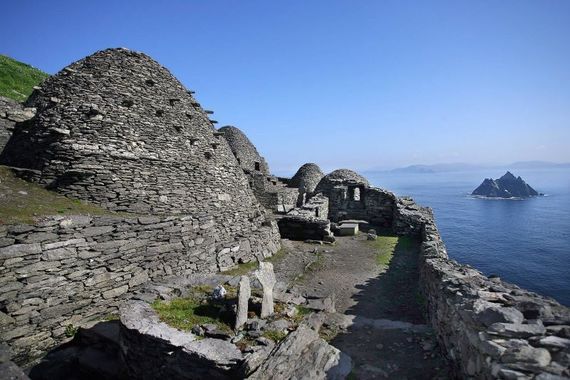
Skellig Michael, Co Kerry. (Ireland's Content Pool)

Love Irish history? Share your favorite stories with other history buffs in the IrishCentral History Facebook group.
Climatic deterioration, resulting in colder weather and increased storms, along with changes in the structure of the Irish Church, led to the end of the eremitical community on the island by the 13th century. The monks appear to have moved to Ballinskelligs on the mainland. Skellig Michael continued as a place of pilgrimage well into the 18th century.
The island appears on several Italian and Iberian portolan charts of the 14th to 16th centuries, and the accounts of the Spanish Armada in 1588 indicate that the Skellig Michael was known to them.
Skellig Micheal passed to the Butler family in 1578. In the early 19th century, Skellig Michael was purchased by the predecessors of the Commissioners of Irish Lights in order to erect two lighthouses.
The Office of Public Works took the monastic remains into State guardianship in 1880 and began the repair of collapsed structures. Since then, the OPW has continued to repair and conserve the monastic remains.
The Irish government purchased the island from the Commissioners of Irish Lights in 1989, with the exception of the working lighthouse and ancillary areas.
The island is known for its seabird colonies, and, combined, the two Skellig islands comprise one of the most important seabird sites in Ireland.
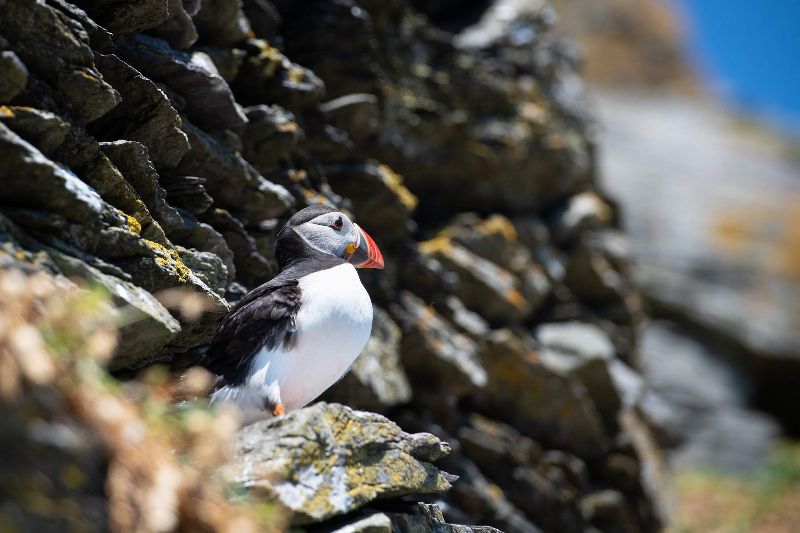
Puffin on Skellig Michael, Co Kerry. (Ireland's Content Pool)
Source: World Heritage Ireland
* Originally published December 2015. Last updated in May 2023.
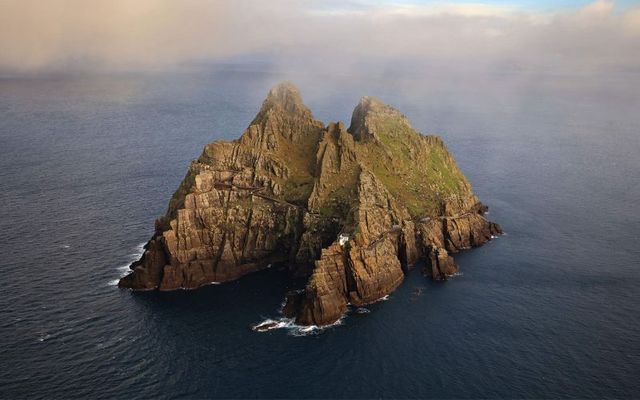


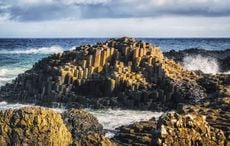
Comments